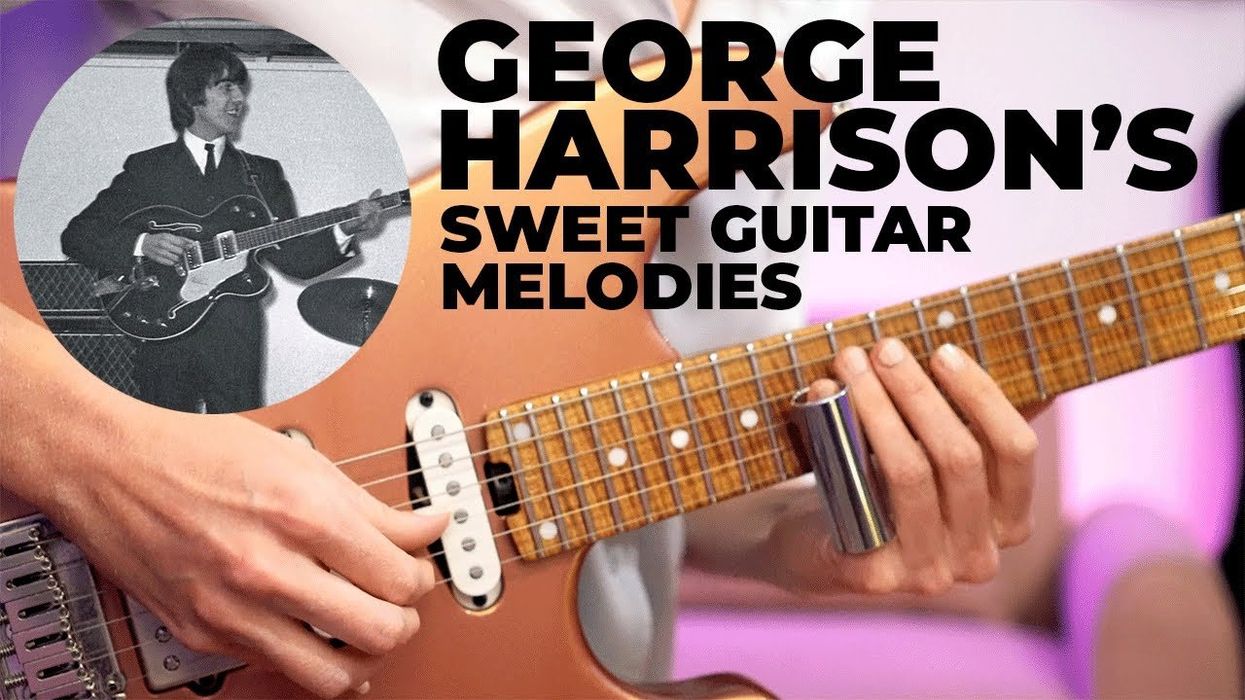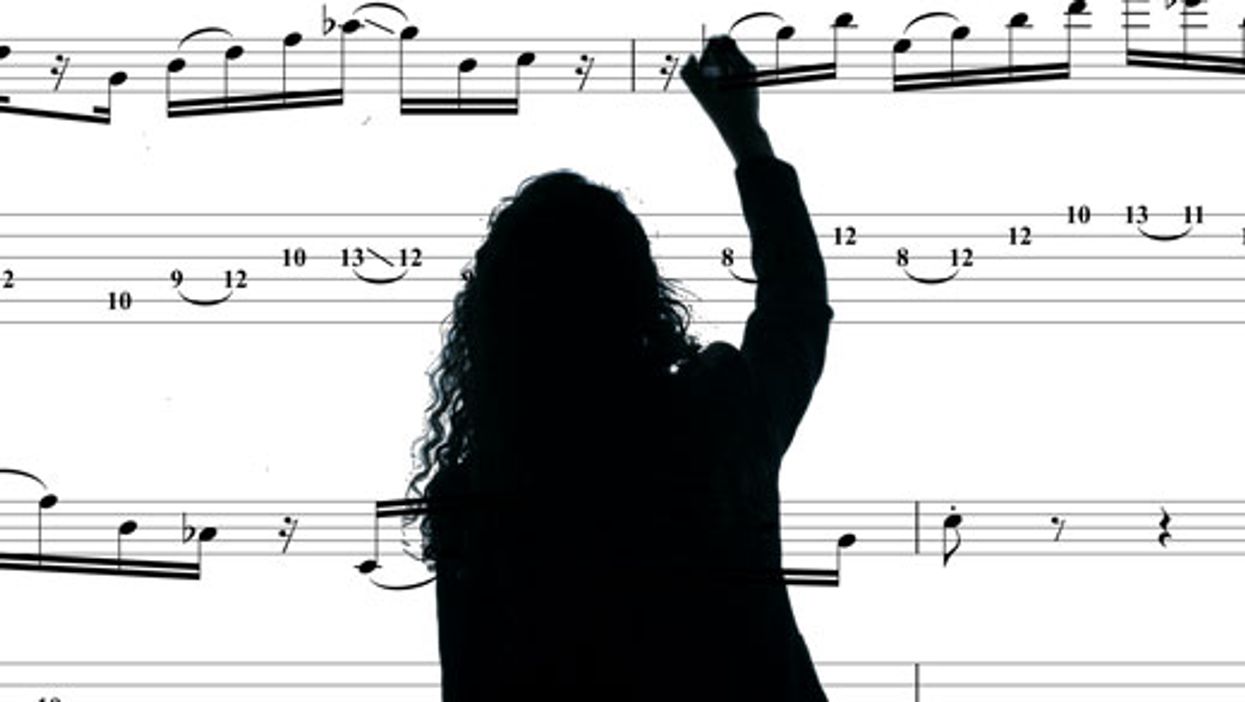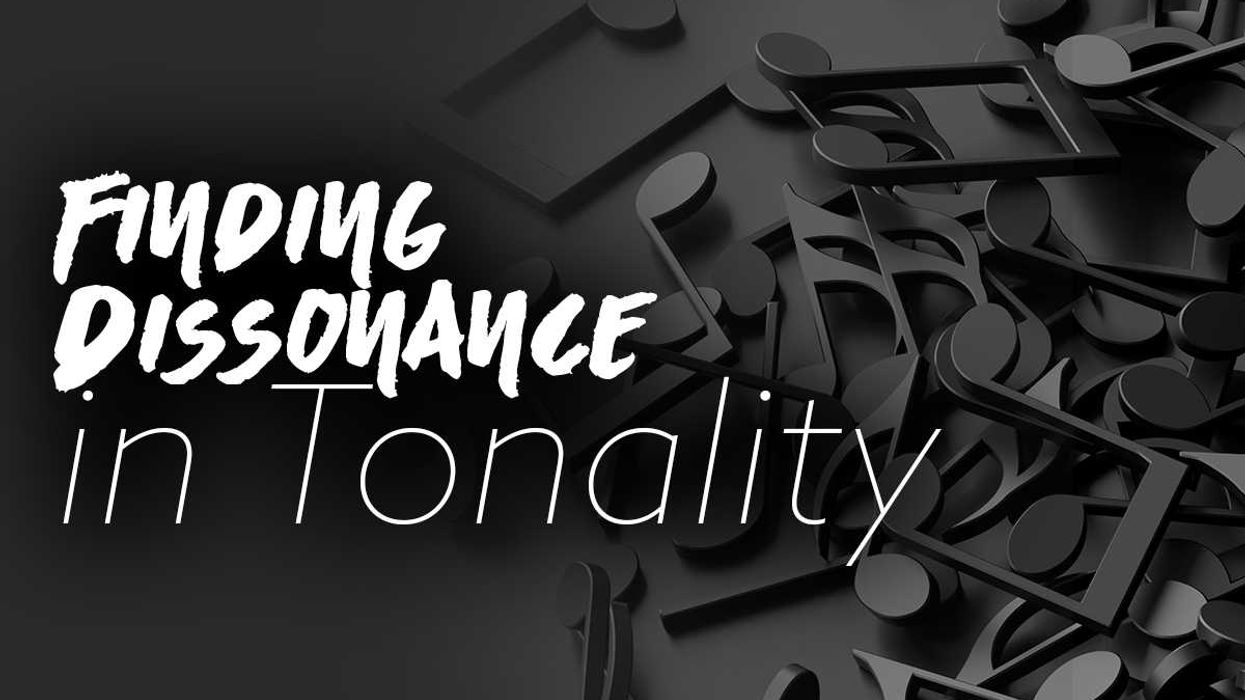Guitar is an unusual instrument, yet somehow we human beings invented it and refined it, both technologically and artistically. There are some days when everything flows, while other days it feels like we’re complete beginners again. This is totally normal. If we really considered how much information our bodies are processing just to be alive in our version of the world, perhaps we’d be a bit kinder to ourselves about our off days and humbler about our good days! I want to share a few perspectives on the core technical aspects of playing that can be helpful to work on and remind ourselves of regularly. Let’s dive in!
Muting
The guitar can be a sensitive instrument. The slightest movements can cause sounds that are both wanted and unwanted to come out. Some of these sounds are natural and part of the character of guitar. However, even though we can’t be perfect we can aim to be as clean as possible in our playing with a few simple maneuvers.
Ensuring the picking hand is covering the strings without bearing down on them too hard keeps the lower strings in check. Depending on your picking-hand style, you can also use the 3rd and 4th fingers to lightly mute the upper three strings.
The fretting hand’s index finger takes control over a lot as well. The fingertip can fret a note on the 5th string and tuck under the 6th string at the same time. The flat side of the index finger from the knuckle area towards the hand can also mute higher strings.
It’s important to consider the type of sound we’re using as well. The more gain or compression we use, the more unwanted noise can come flying out of the guitar. Even with the muting techniques above, if we’re too “hard” with them they can start to create noise themselves. So, keep this in mind.
Less gain gives a more dynamic tone, which is harder to play with, but much easier to control dynamically and keep clean. This isn’t to say it’s better or worse, it’s a stylistic choice. But it’s worth considering how much gain we really do need. Noise gates can help, but they can’t fix or hide poor muting and out of sync hands. (More on keeping sync later in this column.
Keep these muting considerations in mind as we go over the areas of technique to address.
Confidence and Subdivisions
Our fretting hand does a lot of work. Picking synchronization is very important. We’ll look at this next. However, I’ve got some working considerations for the fretting hand.
There are many exercises we can do, but ensuring that you’re not pressing down too hard on the fretboard is the first step. We don’t have to press hard unless we have unreasonably high action. If your action is high and it’s slowing you down, I’d suggest going up a string gauge and lowering the action if you want to keep the “resistance” feel. When we lighten up our touch with the fretting hand, we find that our fingers generally stay closer to the fretboard, which helps with economy of movement.
The next thing to consider is timing. Timing is everything no matter what technique you’re using. If the pistons in the engine aren’t firing at the right time, they’ll go out of sync, all fire at once, and boom, there’s an explosion. I don’t know anything about cars, but it’s an analogy that might make sense. Being aware of the subdivisions you’re playing and where the downbeat is ensures that both hands are confidently making those maneuvers.Here's an experiment you can try: Take a simple two-octave scale pattern of your choosing. In Ex. 1 I picked a simple D minor scale. The idea is to change subdivisions in each measure. Here, I started with a measure of eighth-notes then went to triplets, back to eighth-notes, 16th-notes, eighth-notes again, and then I wrapped with quarter-notes. No matter where the “1” of the next measure starts within the scale position, we keep the hands synced up. We can make this more complicated by using a sequence of thirds or triads and doing a similar thing. The goal here isn’t to master every position, sequence, and sub-division. It’s to keep testing different areas out, iron out the errors, and keep it fresh. It’s a great warm up when done slow and bound to get you in sync.
Picking Sequences
We also need to do similar things for the picking hand. The same idea we discussed above about subdivisions applies to picking as well. The extra thing to consider of course is pick direction and string skipping.
It’s worth practicing alternate picking here, keeping the confidence and control in place even if purely for technical reasons, to ensure the technique is as even as possible. Take a melody pattern like Ex. 2, where I repeat the same two-measure melody, but I change fingerings in the second half. This changes the amount of picked notes on each string, which changes different aspects of how this melody can feel both technically and from an articulation point of view. A simple way of getting more out of this exercise is to start with an upstroke. With practice, it can be quite an effective picking workout.
String Crossing and Skipping
A lot of guitar playing uses one-note-per-string ideas which can sometimes trip us up. In Ex. 3, I wrote an easy chord progression and created a picking patter that I could alternate pick without losing momentum. It’s a practice that can never get old. Just get creative.
In Ex. 4 we take a minor pentatonic shape (here we are using B minor and F# minor) and move through the pattern with string skipping. A super-simple idea, but worth spending time on. Simple skipping patterns like these keep your playing fresh and focused.
You’re training an impersonal organic system, respect it!
When we’re practicing, we can get quite contracted and tense. There can be a pushiness and anxiety about the process, forcing ourselves through the practice session. We have a lot of internal commentary about how it’s all going, often quite unfair.
“This lick should be fast by now!”
“I don’t have the technique or natural ability to do this.”
“Steve Vai practiced for 10 hours a day, so should I.”
“I’ll never make it as a guitarist.”All of these thoughts are abstractions as they are not based in reality. What is happening in the moment is practice. Our attention gets divided between these thought patterns and our feeling of anxiety. Very little attention gets spent on really listening and feeling what we’re practicing with no internal commentary. Because of this we become aversive to practice, we feel that practice doesn’t work or that we don’t have a natural ability or talent.
Therefore, wise practice sessions that are simplified and put into short time frames are most effective. It can be helpful to calm ourselves down before practicing so that our practice is effective.
Why do we practice? We practice because it helps us achieve results. We want to play a riff, we listen carefully, we learn the riff, and then we then practice the riff. Generally, that gets results. However, we are impatient. Humans believe that our thoughts can speed up our bodies and brains. This is a misplaced belief. We can set the conditions to get results, but we can’t control the speed at which our body learns. Practicing trains our bodies, our nervous system, our consciousness.
Our bodies are not separate from the world around us; we are what we eat and breathe. Our thoughts are the thoughts we are exposed to, our feelings are consciously and unconsciously triggered by the world around us. We are no different from nature, we are no different from a tree. We don’t will our fingernails to grow, we don’t will our heart and lungs to keeping going. We have no control over our senses, we can’t choose not to hear sounds around us, we can’t choose not to see when we open our eyes. And in the same way, we can’t force our body to speed up.
We must be grateful for the fact we’re alive before we practice, that there’s a body and mind to practice with. Rather than fighting our fingers and our thoughts, we must approach them with compassion. As you’re practicing, your body is busy programming all this information. Just like growing a plant or vegetable, you can set the right conditions, get the soil right, and water it. But you can’t force it to grow immediately, you must treat it with compassion and trust that you’re doing the right process. You can’t plant the seed then as soon as you see any sprouting, start pulling on the sprouts, that will stop growth all together.
In summary: Appreciate your body, your mind, the fact your conscious to even play guitar. Make sure you set reasonable goals in your practice, make your sessions simple and effective. Then, let the practice happen, trust that you’re programming the right information.












![Rig Rundown: Russian Circles’ Mike Sullivan [2025]](https://www.premierguitar.com/media-library/youtube.jpg?id=62303631&width=1245&height=700&quality=70&coordinates=0%2C0%2C0%2C0)






